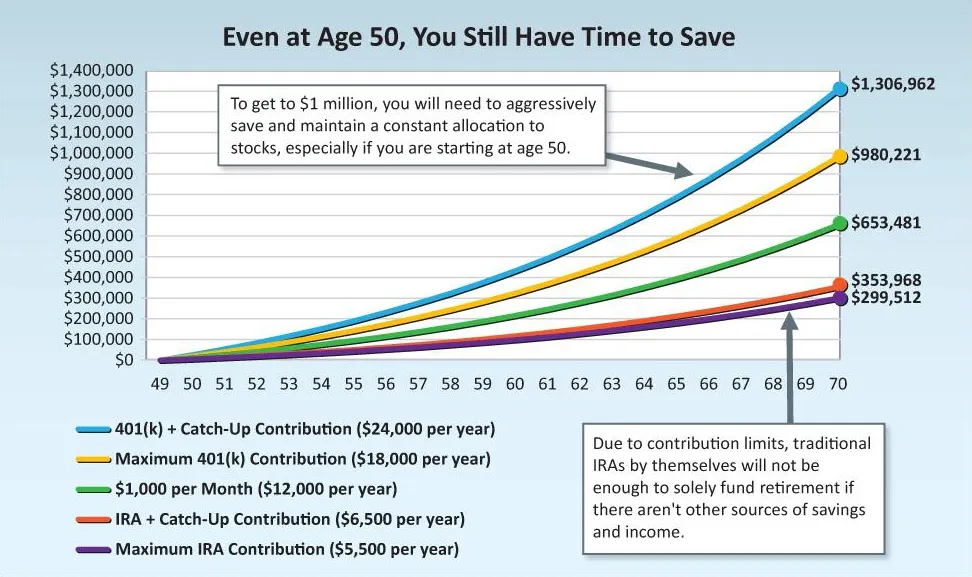5. Government Bonds and Corporate Bonds
A Government bond is a debt security issued by a government, or its agencies, to support government spending and obligations. Government bonds can pay periodic interest payments called coupon payment. Government bonds issued by national governments are often considered low-risk investments since the issuing government backs them.
The funds raised by the government bonds invest in debt instruments like T-bills, T-notes, T-bonds, or mortgage-backed securities issued by governments or government businesses such as Freddie Mac and Fannie Mae.
A Corporate bond is a debt security issued by a company and sold to investors. To put it simple, Corporate bonds are a way a large company finances its debt. The company gets the capital it needs and in return the investor is paid a pre-established number of interest payments at either a fixed or variable interest rate. When the bond expires, or “reaches maturity,” the payments end and the original investment is returned.
Corporate bonds are a little more risky, as they are typically backed by the ability of the company to repay. Because of this extra risks, these bonds are subject to a rating system that rates the company’s credit worthiness. There are three rating agencies; Standard & Poor, Moody’s, and Fitch ratings. The low risk bonds are called Triple A and the high risk bonds, sometimes called “high risk”, which are from company’s with the poorest ratings. These with the poorest ratings are infamously referred to as “junk bonds”.
Risks: While Government bonds are among the safest, Corporate bonds offer more risks because of the obvious volatility that a corporation could suffer through the various factors that make it more susceptible to risks then government entities.
Inflation and interest rates have an impact on bonds. Specifically, as interest rates rise, the price of bonds drop, and if interest rates decline, the price of existing bonds rise. So in an environment where interest rates hit historical lows, you will see bond prices go up as investors shift money over to the bond markets.
It’s important to note here that bonds are not FDIC insured. Corporations credit ratings are sometimes downgraded, or they run into financial problems, or they can default on the bonds. To reduce your risks with bonds, get highly rated investment grade bonds or invest in a bond index, which spreads your bond investments across hundreds of bonds.
Liquidity: Bond fund shares are highly liquid, but their values fluctuate depending on the interest rate environment, and you can buy and sell bonds every business day. You can reinvest dividends and make investments any time.
A Quick Word About Municipal Bonds (Muni bonds)
A municipal bond, often times known as a muni bond, is a bond issued by a local government, or one of their agencies. It is generally used to finance public projects such as roads, schools, hospitals, airports, and other infrastructure-related repairs.
When you buy a municipal bond you are essentially loaning money to a city or state for some type of public works. Nowadays there are municipal bonds being issued to simply pay the interest on pervious bonds, which is another topic for another blog post. Municipal bonds have a fair amount of risks associated with them because they are based on the debt of the local, city, or state governments.
Check out the video below for more information on Municipal Bonds and their tax benefits


 The bank will pay you interest at regular intervals and when the CD matures, you will receive your entire principal plus any accrued interest. Always shop around because different banks offer different rates, which you will typically see advertised on the banks website. Banks and credit unions love to sell CD’s.
The bank will pay you interest at regular intervals and when the CD matures, you will receive your entire principal plus any accrued interest. Always shop around because different banks offer different rates, which you will typically see advertised on the banks website. Banks and credit unions love to sell CD’s.
